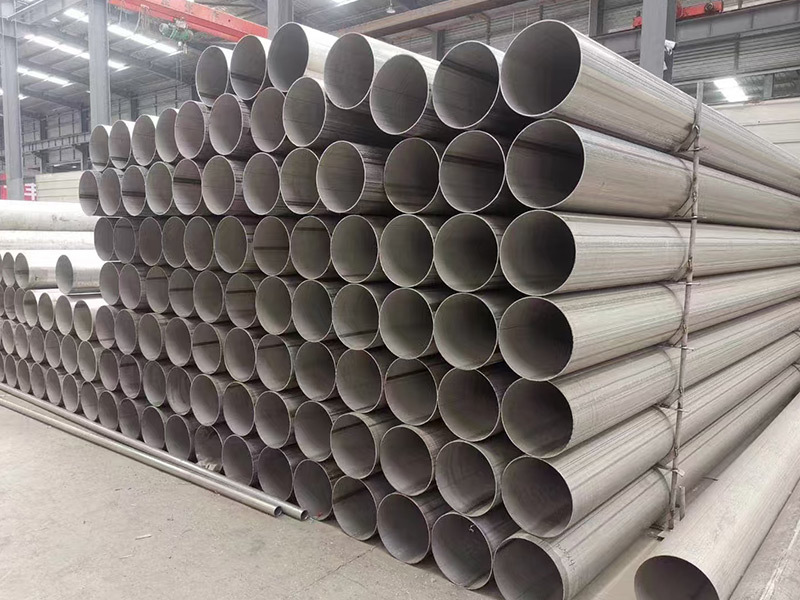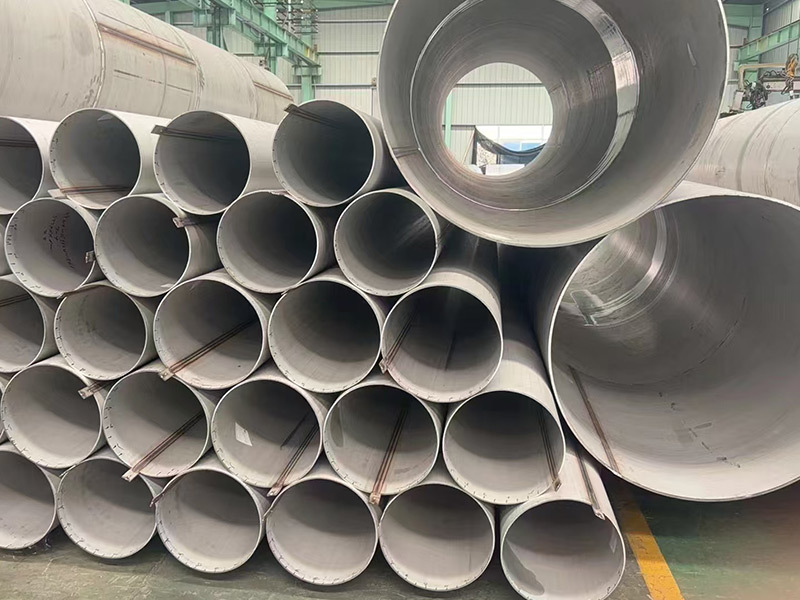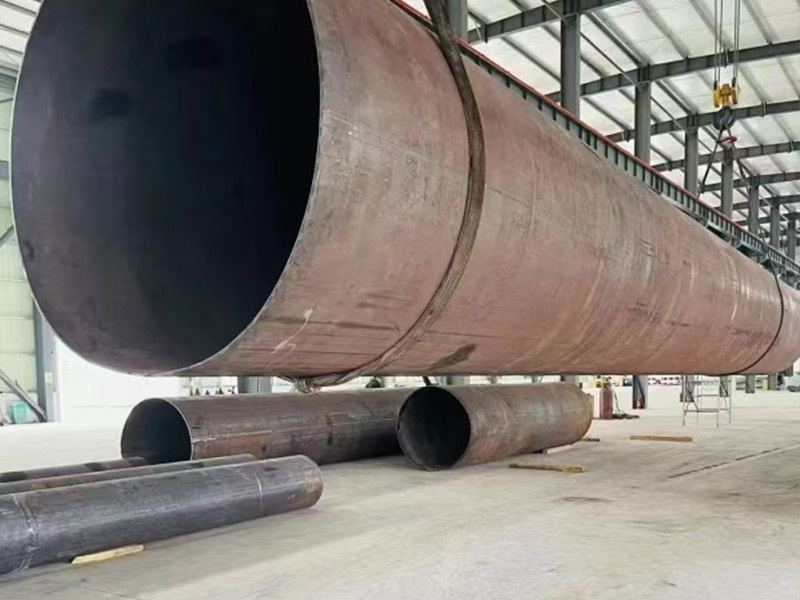Contact Us
Add:East First Garden, Rongli Street, Qingzhou Economic Development Zone, Shandong Province
Tel:+86-536-3557777
E-mail:15163639888@qq.com
Sika deer breeding
- Commodity name: Sika deer breeding
Keywords:
Sika deer breeding
- Description
-
Sika deer breeding
In the vast natural world, the spotted deer is deeply loved by people for its elegant posture, unique markings, and cultural symbolism symbolizing auspiciousness. With the increasing interest in ecological protection and special breeding in recent years, the breeding of sika deer has gradually become an emerging and promising industry. This article will comprehensively explore the key points of raising sika deer from the aspects of ecological habits, breeding environment, feeding management, disease prevention and control, and market value.
1、 Ecological habits of spotted deer
Sika deer, belonging to the deer family, is a typical forest animal named after the prominent white spots on both sides of its back that resemble plum blossoms. They have a gentle temperament and prefer to live in groups, mainly distributed in temperate forest areas of Asia. Sika deer mainly feeds on grass, preferring to eat leaves, tender branches, fruits, and various herbaceous plants. Occasionally, they also lick the soil to supplement minerals. Its breeding season is concentrated from autumn to early winter, and male sika deer compete for mating rights through gladiatorial fights, showcasing the majestic and primitive competitive scene in nature.
2、 Selection and Construction of Breeding Environment
1. Site selection: The Sika deer breeding farm should be located far away from pollution sources, in a quiet environment, with convenient transportation and abundant natural vegetation. The ideal venue should have sufficient sunlight, a good drainage system, and suitable shelter to simulate the natural ecological environment.
2. Fence construction: The fence should be sturdy and durable, with a height generally not less than 2.5 meters, to prevent spotted deer from jumping and escaping. At the same time, different areas such as rest areas, exercise areas, and feeding areas should be set up within the fence to meet the different living needs of the spotted deer.
3. Greening and water sources: Planting suitable trees and herbaceous plants within the fence can not only beautify the environment, but also provide a rich source of food for the sika deer. In addition, it is necessary to ensure that there is a clean water source for drinking, and the area around the water source should be kept clean to avoid pollution.
3、 Feeding management
1. Feed combination: The feed for sika deer should mainly consist of green feed, supplemented by concentrated feed. Green feed includes tender leaves, grass, vegetables, etc., while concentrated feed is formulated according to the nutritional needs of sika deer, including grains, soybean meal, minerals, and vitamins.
2. Daily observation: Breeding personnel need to regularly observe the mental state, appetite, bowel movements, etc. of the spotted deer, promptly detect and handle abnormal situations, and ensure the health of the deer herd.
3. Breeding management: During the breeding season, it is necessary to strengthen the management of male sika deer to prevent casualties caused by intense fighting. At the same time, pay attention to monitoring the estrus period of female deer, arrange breeding in a timely manner, and improve reproductive efficiency.
Key words:
immediate consultation
Note: Please leave your email and our professionals will contact you as soon as possible!
Shiwei Industry & Trade Group
Product Service Hotline:
Address:
East First Garden, Rongli Street, Qingzhou Economic Development Zone, Shandong Province

Copyright©Shiwei Industry & Trade Group Co., Ltd






